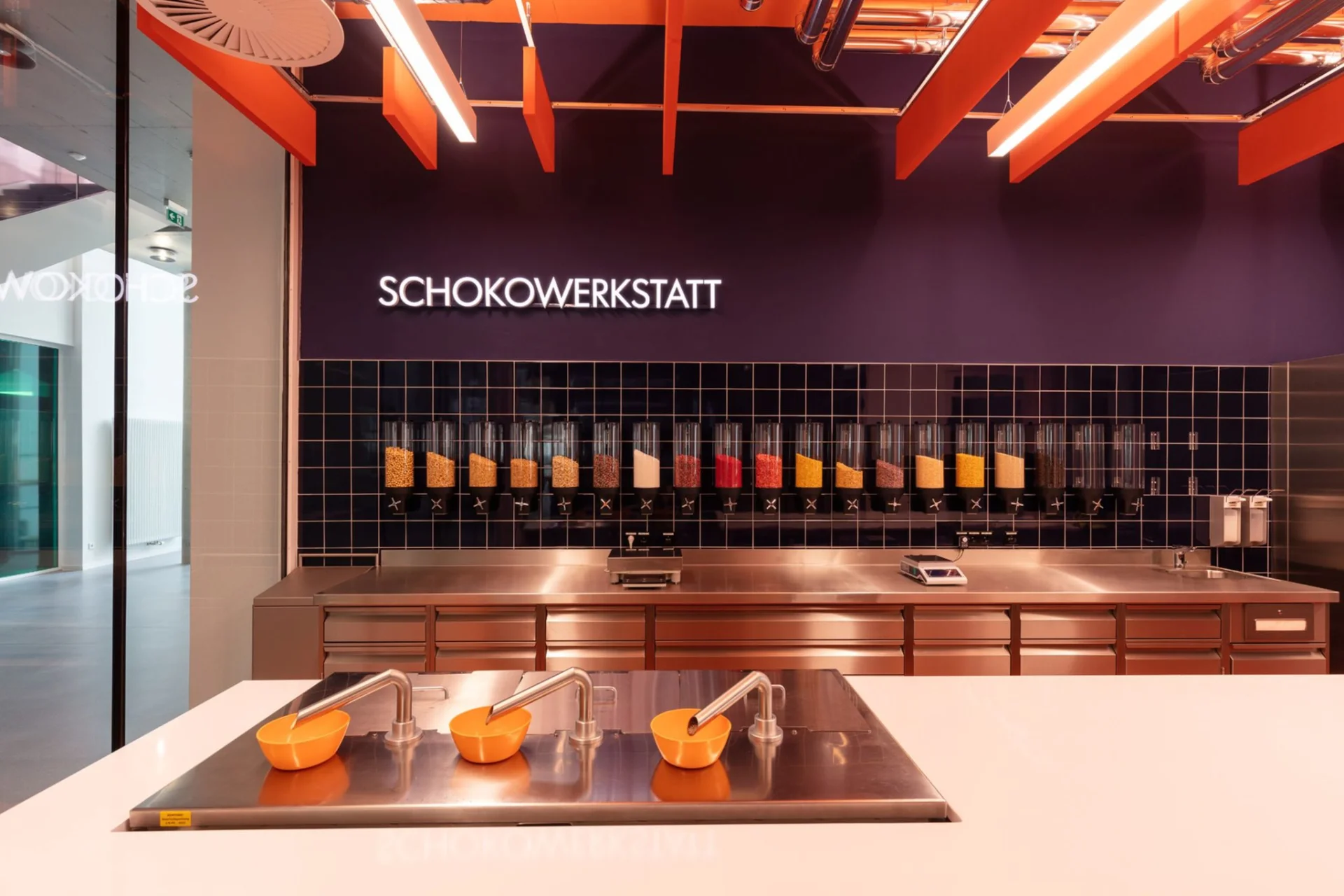Flagship Stores: A Guide for Non-Retailers
- GARY McCARTNEY
- Oct 5, 2023
- 3 min read
In the world of retail precincts, single brand stores stand out as being the storytellers. With only one brand and one set of values to talk about, they have the ultimate freedom to tell their story in whatever creative way they want. And many of them do it well - which is why landlords like them. They bring energy and life to retail precincts.
They come in all shapes and sizes, from Niketown, Apple and IKEA at one end of the scale to all sorts of branded popups at the other. Many brands more associated with FMCG have dipped their toes in the water, and this is where it can get really interesting.
Nespresso is one. Who would have thought you could build an immersive retail experience around coffee capsules? Or around Dyson vacuum cleaners? M&Ms World also springs to mind. Their range of edible merchandise is extremely limited, yet they have a multi-level flagship on Times Square. Ritter Sport have several immersive stores in Germany.
So where do you start if you want to build a single brand flagship for the range of goods you’d normally sell in supermarkets? Or just one hero item.
First think about what you want a flagship store to do. It’s a brand experience that will show visitors what your brand is all about, arouse curiosity, and expand your customer base. It doesn’t matter if your customers buy your goods there as long as they buy them somewhere. Ideally it will become a tourist attraction, like M&Ms World.
But at the same time, it must pay for itself. By their nature, flagship stores need to be in prominent, central locations and be big enough for people to take notice. Those spaces are expensive to rent and hard to find. Then there’s the cost, in fitout, rent and running costs. As a brand manager you need to be able to justify the huge number you need to put in front of a board for approval.
What’s the solution? Think smaller!
For most of the single brand flagships, it wasn’t their first store. Before there were Apple flagships there was the first 200 sqm concept store in San Jose, CA.
Shopping centres and high streets are full of empty 100-200 sqm spaces. Leases are becoming more flexible, and landlords are constantly on the search for something new. You can find something in a prominent location where size and rent are manageable.
What will you sell? It can’t be just your usual products. It needs to be an extension of what’s already in your range. It can be centred around one product, but it must be exclusive, immersive and create an experience. For example, the KitKat store we designed had custom creations made in store and a café with KitKat based dessert creations.
Customisation is important, even if it’s just adding someone’s name to the packaging.
The store should also exist outside the store. It must be launched with the right amount of support on social media, its own website, Instagram and TikTok. The experience must be shareable. Yes, it does need to pay for itself, but the real sales lift will be online and with your regular stockists.
At an even smaller scale and budget, popups are fun, experiential, and relatively inexpensive to achieve. Again, temporary leasing spaces are plentiful. Pop-ups get your brand or product out where your customers shop, or indeed where you’d like to get new customers.
Shoppers, like landlords, are constantly seeking out new experiences but there’s no need to go straight for the flagship. There are quicker, less expensive, and easier ways to get started in physical retail. Then you can think flagship!
We’re here to help! Get in touch.








Comments